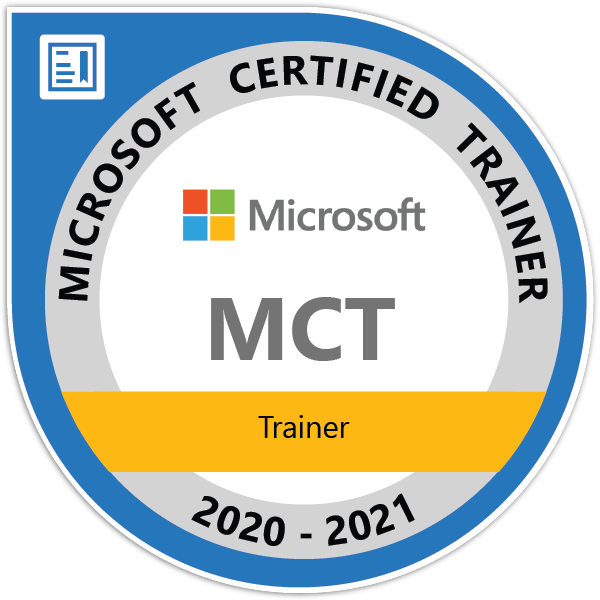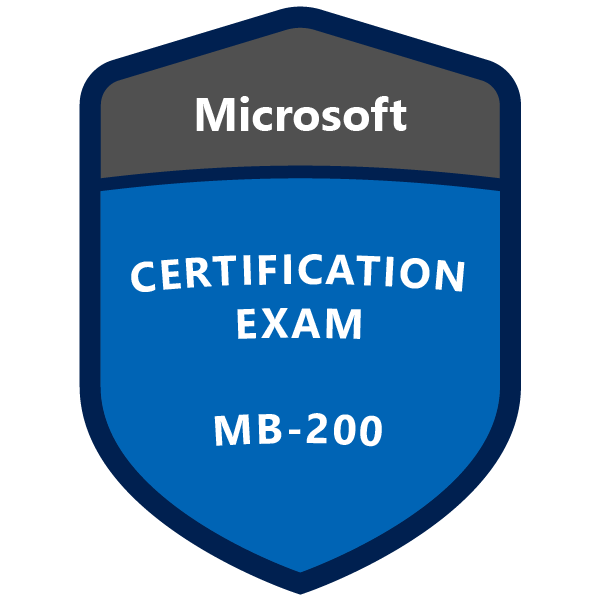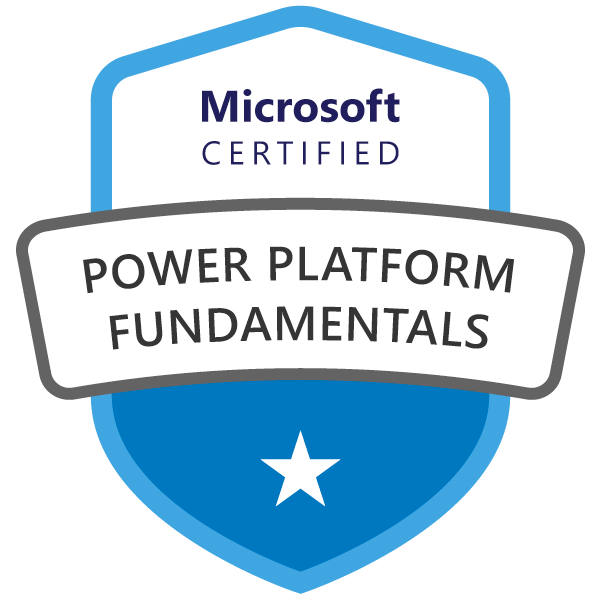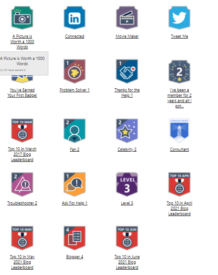Using Pipeline (Deployment) in Power Apps Solution

In today’s fast-paced digital landscape, rapid and reliable deployment of applications is crucial for maintaining a competitive edge. Power Apps, Microsoft’s low-code development platform, offers a robust deployment pipeline feature that streamlines the process of deploying apps and updates across environments. In this blog post, we will explore what a deployment pipeline is, its benefits, and how to effectively use it in your Power Apps solution.
Watch the practical from below video or scroll down to know more.
What is a Deployment Pipeline in Power Apps?
A deployment pipeline in Power Apps is a sequence of stages that automates the process of moving apps and updates from one environment to another, such as from development to production. It ensures that code changes are tested, validated, and deployed in a controlled manner, minimizing risks and ensuring consistency across environments.
Key Benefits of Using Deployment Pipeline
- Consistency: Ensures that the same set of configurations and customizations are deployed across all environments.
- Automation: Automates the deployment process, reducing manual effort and human errors.
- Traceability: Provides a clear audit trail of changes, making it easier to track and manage deployments.
- Quality Assurance: Facilitates automated testing, ensuring that code changes meet quality standards before being deployed.
How to Set Up a Deployment Pipeline in Power Apps
Pre-requisites
- Power Apps Plan: Ensure that you have the necessary Power Apps licenses to access the deployment pipeline feature.
- Environments: Set up the source and target environments where you want to deploy your apps.
Steps to Create a Deployment Pipeline
- Navigate to Power Apps Admin Center: Open the Power Apps Admin Center and go to the “Solutions” tab.
- Select Solution: Choose the solution that you want to deploy and click on the “More Options” (…) button.
- Create Pipeline: Select the “Create Pipeline” option to start creating a new deployment pipeline.
- Define Stages: Add stages to your pipeline such as build, test, and deploy. Configure each stage with the required actions and settings.
- Configure Triggers: Set up triggers to automatically initiate the pipeline when code changes are detected or manually trigger it as needed.
- Save and Publish: Once configured, save your deployment pipeline and publish it to make it active.
Using Deployment Pipeline for Deployment
After setting up the deployment pipeline, you can deploy your apps and updates by following these steps:
- Select Pipeline: Go to the deployment pipeline section and select the pipeline that you want to use for deployment.
- Initiate Deployment: Click on the “Run” button to initiate the deployment process.
- Monitor Progress: Monitor the progress of the deployment through the pipeline stages and address any issues or failures that may occur.
- Validate Deployment: Once the deployment is complete, validate the changes in the target environment to ensure everything is working as expected.
Best Practices for Using Deployment Pipeline
- Version Control: Always use version control to track changes and manage codebase effectively.
- Automated Testing: Implement automated testing to validate code changes and ensure quality.
- Environment Configuration: Keep environment configurations consistent to avoid deployment issues.
- Documentation: Document the deployment process, configurations, and any custom scripts or tools used for future reference.
Conclusion
A deployment pipeline in Power Apps is a powerful tool that simplifies and accelerates the deployment process, ensuring that apps and updates are deployed reliably and consistently across environments. By following best practices and leveraging automation, you can streamline your deployment process, reduce risks, and deliver high-quality solutions more efficiently. So, embrace the deployment pipeline feature in Power Apps and take your app deployment to the next level!
Don’t miss the chance to participate in the upcoming Internship Program which will be done using Microsoft Dot Net Web Development Full Stack Technology. The new batch will be starting from May 20, 2024. We will have most experienced trainers for you to successfully complete the internship with live project experience.
Why to choose Our Internship Program?
Industry-Relevant Projects
Tailored Assignments: We offer projects that align with your academic background and career aspirations.
Real-World Challenges: Tackle industry-specific problems and contribute to meaningful projects that make a difference.
Professional Mentorship
Guidance from Experts: Benefit from one-on-one mentorship from seasoned professionals in your field.
Career Development Workshops: Participate in workshops that focus on resume building, interview skills, and career planning.
Networking Opportunities
Connect with Industry Leaders: Build relationships with professionals and expand your professional network.
Peer Interaction: Collaborate with fellow interns and exchange ideas, fostering a supportive and collaborative environment.
Skill Enhancement
Hands-On Experience: Gain practical skills and learn new technologies through project-based learning.
Soft Skills Development: Enhance communication, teamwork, and problem-solving skills essential for career success.
Free Demo Class Available










